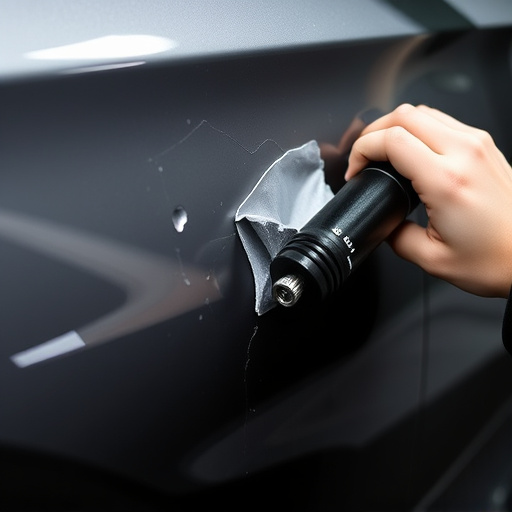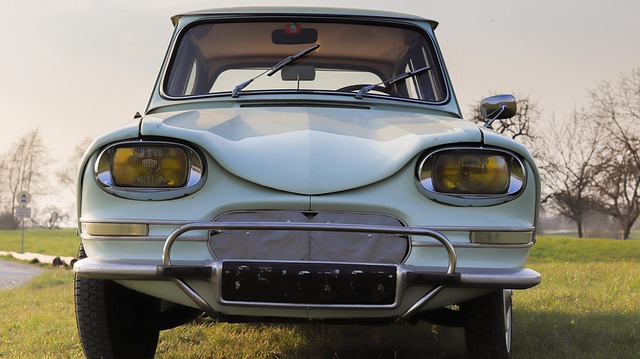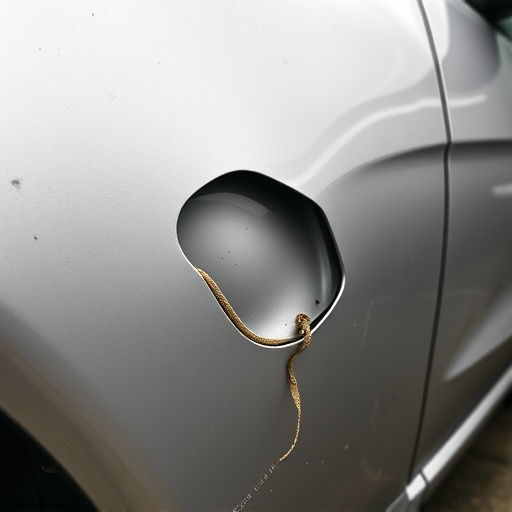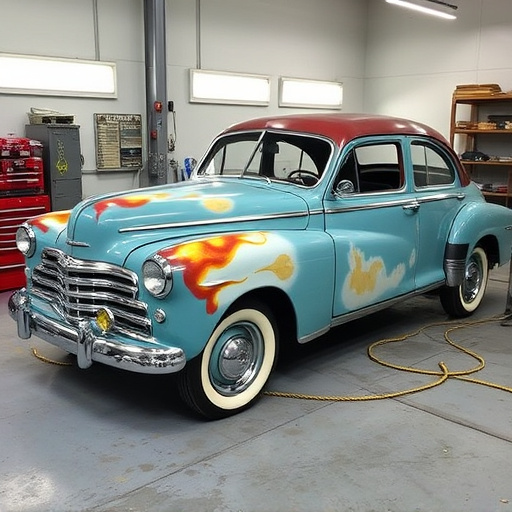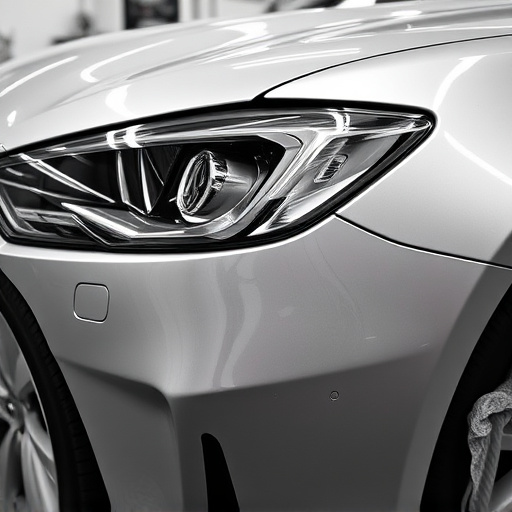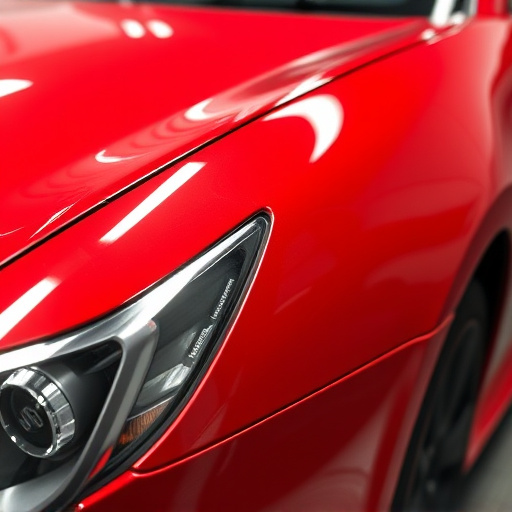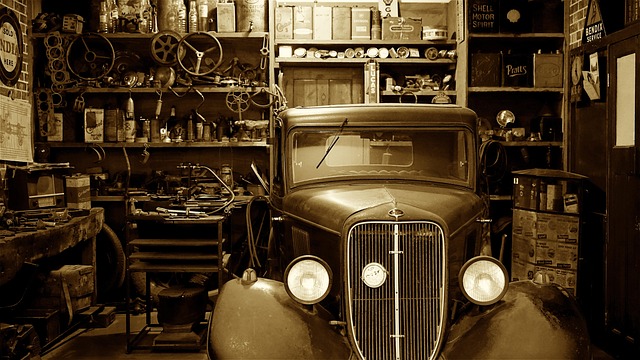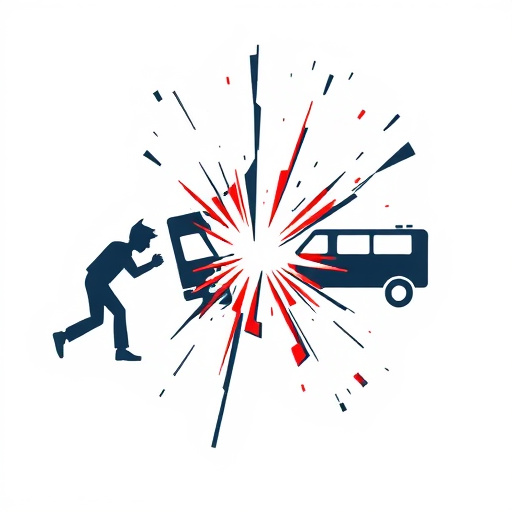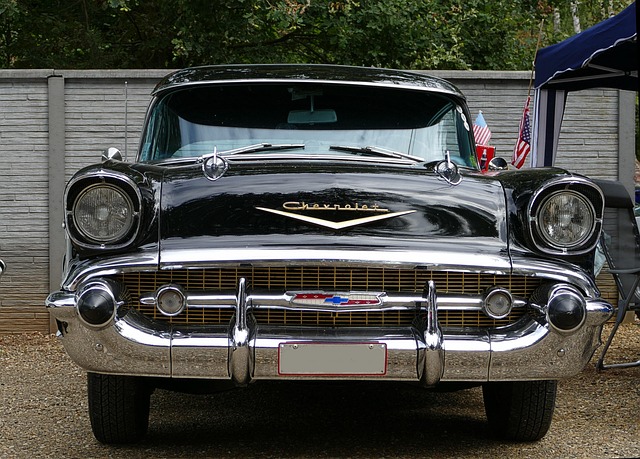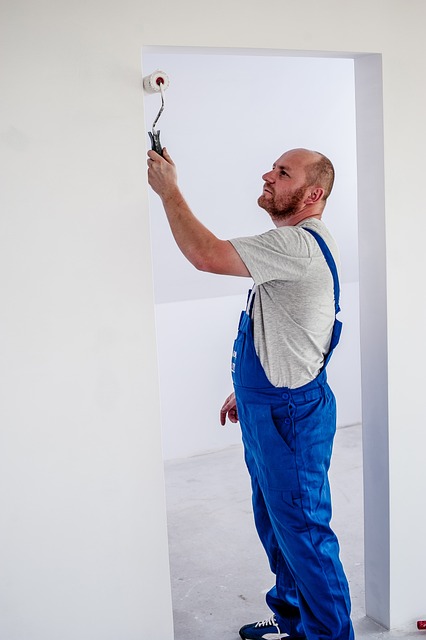Understanding curing times is crucial for auto glass installation, as it impacts safety, durability, and aesthetics. Key factors like temperature, humidity, glass type, previous damage, and area size influence curing. Efficient strategies employed by professionals include pre-cutting glass, precise cuts with specialized equipment, and coordination with other automotive services to streamline the process and deliver high-quality results in auto glass installation.
The speed and effectiveness of auto glass installation are significantly influenced by curing times—a critical yet often overlooked aspect. Understanding this process is key to ensuring the durability and safety of vehicle windshields and windows. This article delves into the world of auto glass installation, exploring the unseen chemistry behind curing times and how various factors impact their duration. We also provide strategies to optimize efficiency, ensuring quick and reliable auto glass replacement or repair.
- Understanding Curing Times: The Unseen Process in Auto Glass Installation
- Factors Affecting Curing Time: What Influences the Durability of Auto Glass?
- Optimizing Efficiency: Strategies for Fast and Effective Auto Glass Installation
Understanding Curing Times: The Unseen Process in Auto Glass Installation
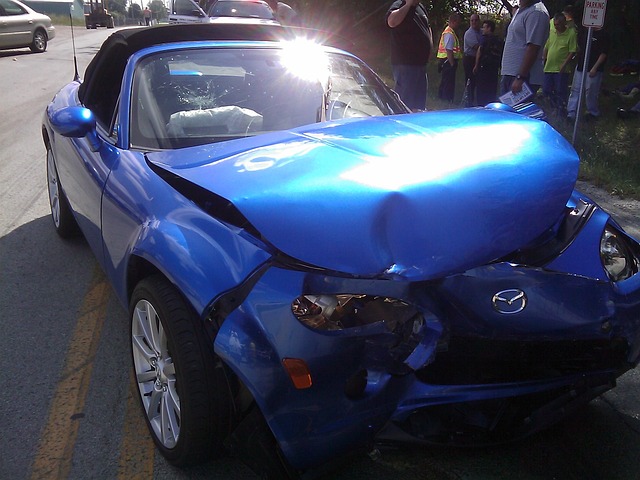
Understanding Curing Times: The Unseen Process in Auto Glass Installation
When it comes to auto glass installation, curing times play a pivotal role often overlooked by many. These are the moments when the adhesive used to secure the new glass seamlessly fuses with your car’s existing structure. It’s a process that happens behind the scenes, invisible to the naked eye, but its impact on the overall quality and safety of the repair is immense.
Curing isn’t an instant process; it requires time for the chemicals in the adhesive to react and strengthen. This is crucial, especially considering the high-stress areas that auto glass is subjected to, like side impacts or sudden temperature changes. A thorough understanding of these curing times allows professionals to schedule installation during optimal conditions, ensuring a durable bond that surpasses expectations in terms of both aesthetics and safety, making your vehicle repair experience seamless and dependable.
Factors Affecting Curing Time: What Influences the Durability of Auto Glass?
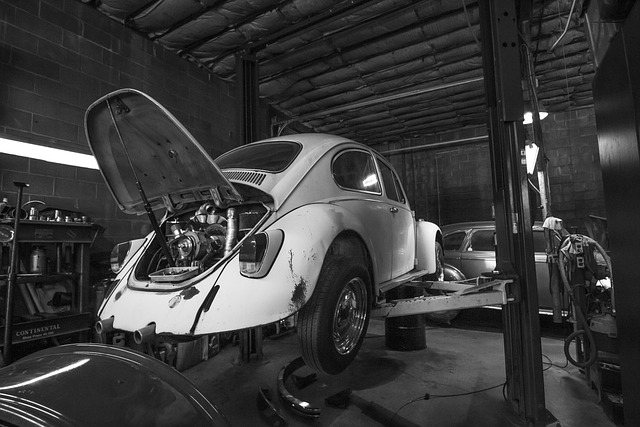
The curing time of auto glass plays a pivotal role in ensuring the durability and safety of vehicle windows. Several factors significantly influence this process during auto glass installation, ultimately affecting the overall quality of the repair or replacement. Temperature is one such critical variable; warmer conditions accelerate the curing process, allowing the adhesive to set faster, while colder temperatures can slow it down. Humidity levels also come into play, as moisture can impact the adhesion and curing efficiency.
Additionally, the type of glass used, previous damage to the vehicle’s window, and the size of the repair area all contribute to curing times. Older or extensively damaged auto glass may require more time for proper bonding due to surface imperfections. In body shop services involving fender repair or even complete vehicle restoration, understanding these factors is essential to guarantee that the auto glass installation meets industry standards and provides long-lasting results.
Optimizing Efficiency: Strategies for Fast and Effective Auto Glass Installation
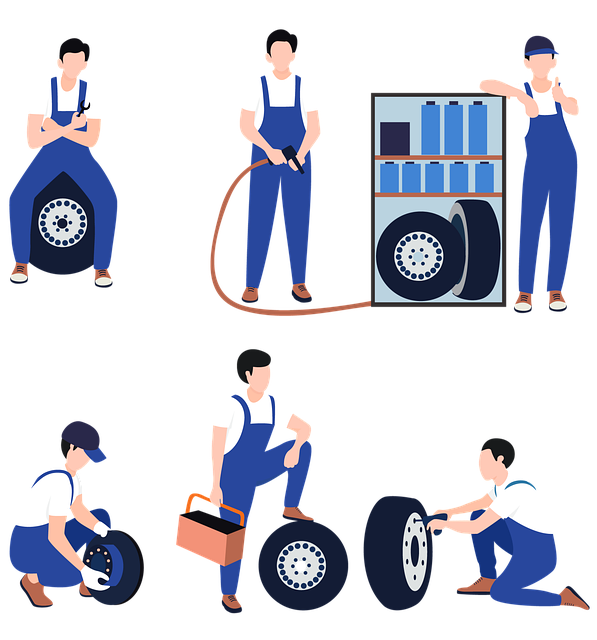
In the realm of auto glass installation, optimizing efficiency is paramount to ensuring swift and seamless vehicle restoration. Skilled technicians employ various strategies to expedite the process while maintaining the highest quality standards. One key approach involves pre-cutting and preparing auto glass panels in advance, allowing for quicker assembly and reducing potential errors. Efficient workflows also incorporate the use of specialized equipment that facilitates precise cuts and smooth finishes, minimizing the time spent on manual labor.
Additionally, streamlining the installation process involves coordinating with other automotive services, such as auto body repair and car paint services, to ensure seamless integration. For instance, addressing minor car scratch repairs prior to glass installation can prevent complications later, further enhancing overall efficiency. By leveraging these strategies, auto glass technicians not only meet but exceed expectations for fast and effective auto glass installation, contributing to a smoother and more satisfying customer experience.
The speed and quality of auto glass installation rely heavily on understanding and optimizing curing times. This crucial, unseen process directly impacts the durability and safety of vehicle windows. By recognizing factors like temperature, humidity, and resin type that influence curing, technicians can employ strategies to enhance efficiency. Ultimately, these measures not only expedite installation but also ensure superior outcomes for auto glass replacements, contributing to safer driving experiences.
